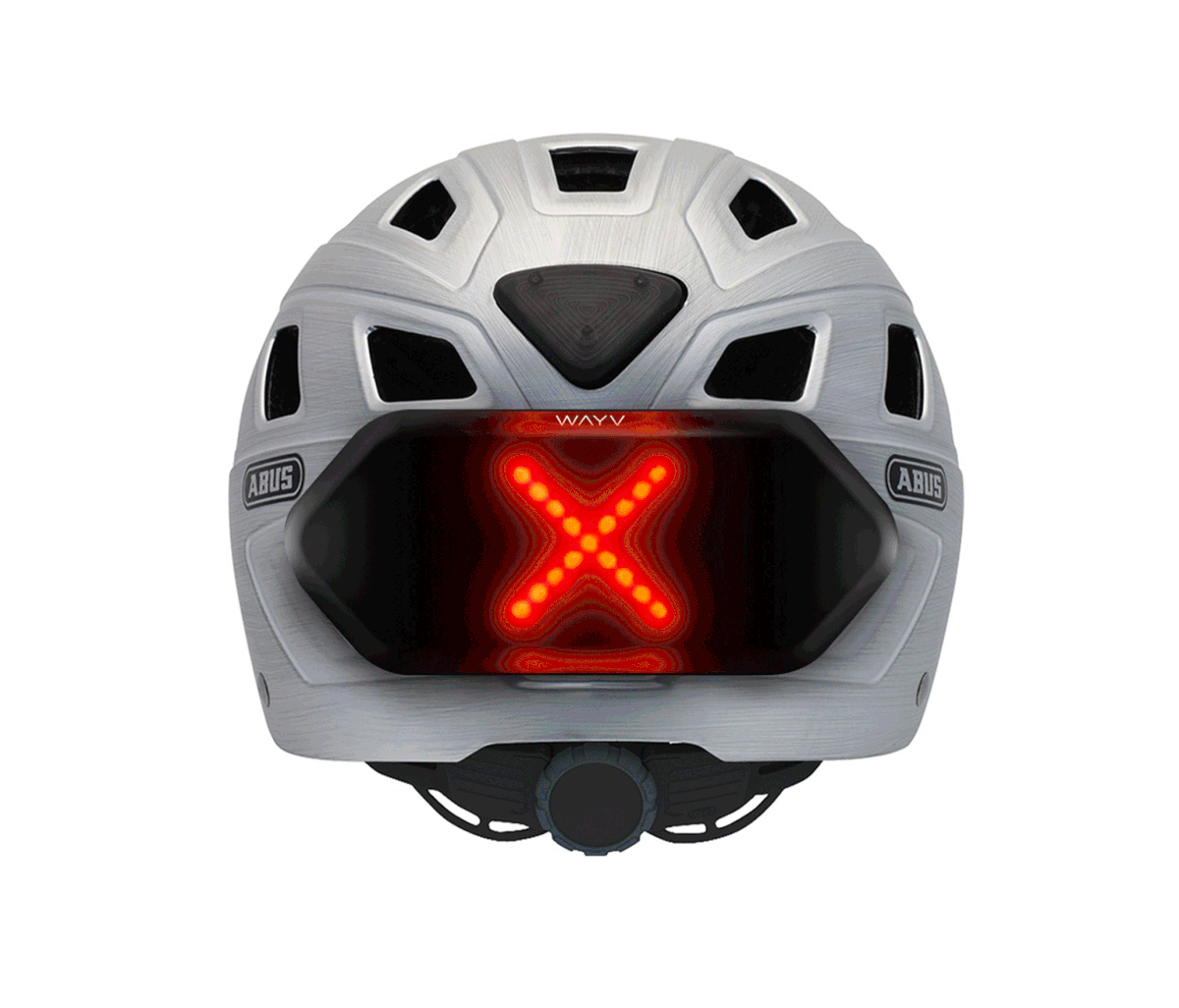

So when saturation is reached, the temperature equals the dew point and the relative humidity becomes 100 percent. When it is filled to overflowing, the condition is called condensation.

The point at which the glass is totally filled is called saturation. Eventually it matches the level of its contents, and finally it spills over. In this whole humidity and dew-point concept, just keep thinking of a glass getting smaller and smaller. So dew point is the temperature at which the vapor goes over to a liquid. Additional cooling brought the capacity within the air below the amount of vapor present. It didn't rain, but the temperature cooled at night, and eventually the lowered capacity matched the amount of vapor present. Where did the water come from? That's easy. Skies are clear, yet, in the morning, everything is wet with dew. You see this happening all the time.įor example, you go to bed at night, and the lawn and car are dry. A lowered temperature will increase the relative humidity. An increasing temperature will lower the relative humidity. If the water-vapor content remains the same, the humidity becomes dependent on the temperature. The relative humidity will increase if more vapor collects in the atmosphere, or if the temperature is lowered.
VISIBLE WEATHER INDICATOR FULL
Again, the relative humidity will depend on how tall a glass might be (capacity) and how full that glass might be.

If the glass is three-quarters filled, the relative humidity is 75 percent. Just to be an optimist, if the glass is half-filled, the relative humidity is 50 percent. Relative humidity becomes the ratio between the actual amount of water vapor present to the capacity that the air has at a particular moment. The point at which the atmosphere is totally filled is called saturation. So the whole process is a function of temperature.ĭew point is the temperature at which the vapor in the atmosphere becomes liquid. Eventually, you can even walk-or at least skate-on that water. If the temperature lowers even more, the molecules become closer. The water can take the form of a visible plume of steam, like a cloud, or just raindrops that form pools of water on the ground. If the heat is reduced, the temperature lowers, and the molecules no longer move around as much. The vapor itself comes from the water that is evaporated from the earth's surface, including oceans and lakes. The water molecules are far enough apart that the vapor is invisible. Like popcorn, water vapor molecules are bouncing around, thanks to heat in the atmosphere. But then, as heat is added and the temperature increases, the kernels start popping, and the popped corn moves around. When the heat is first turned on, the kernels are just sitting there, solidly, on the bottom of the popper. How about temperature? Think of the molecules as popcorn in a popper.


 0 kommentar(er)
0 kommentar(er)
